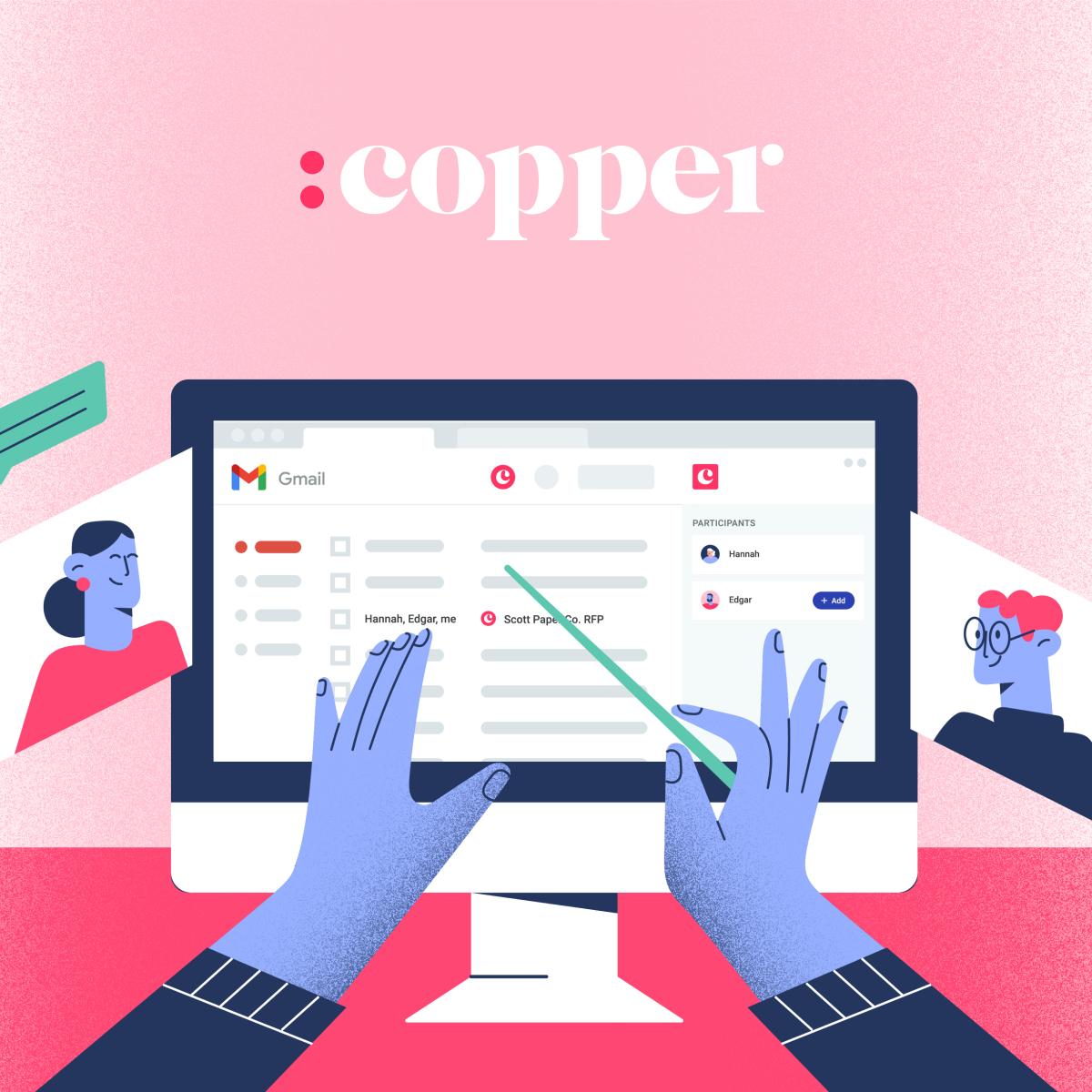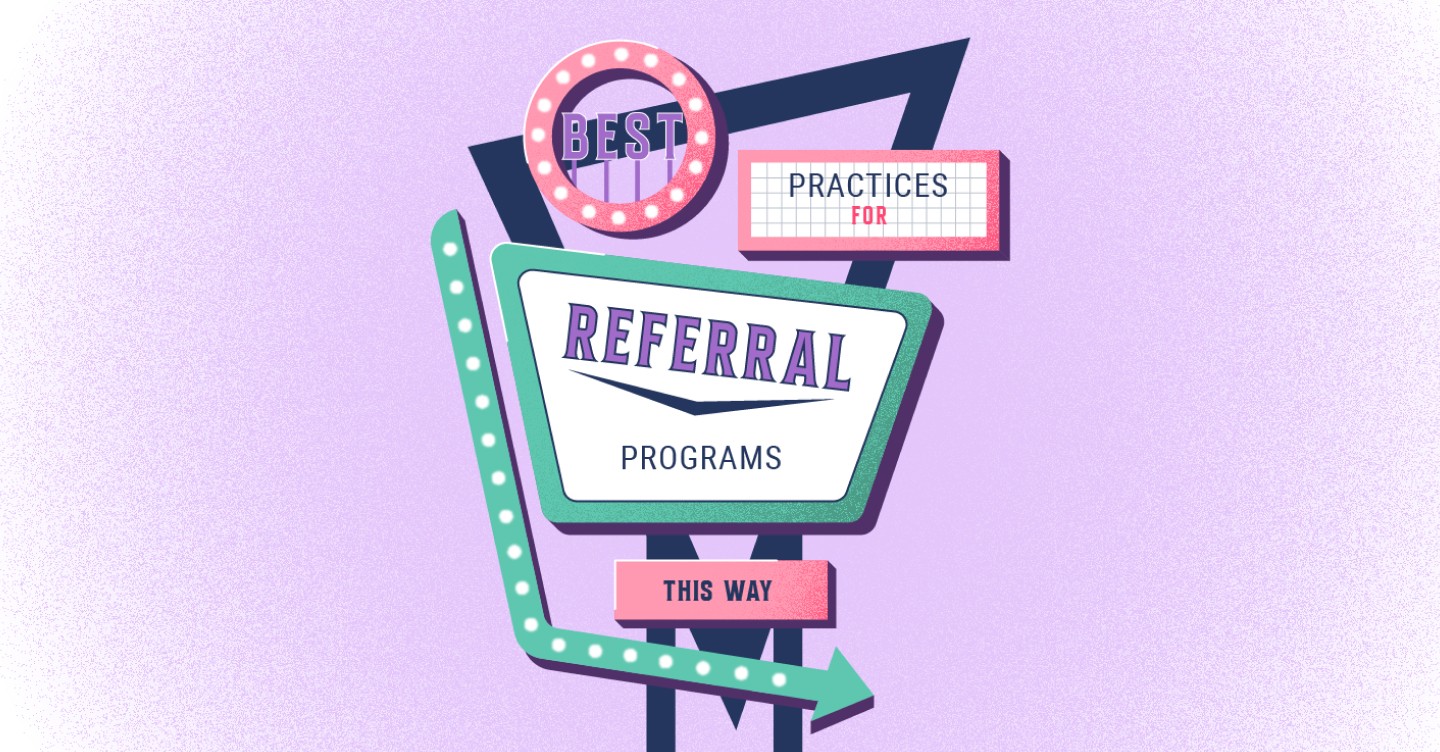Katrina Oko-Odoi
Sr. Content Marketing Manager
In moments of economic uncertainty, many small business owners look for ways to strengthen their defenses and protect against the anticipated storm. A referral program is one of the best ways to accomplish this — for good reason.
Among consumers, 92% trust product recommendations from someone they know, and referral leads are four times more likely to purchase than any other lead type. Plus, customers who come from referral rewards programs have a 25% higher profit margin and 37% higher retention rate than other lead types.
Referral leads are potent and indispensable assets, especially with the threat of a recession looming. Which means setting up a referral program should be a top priority for small businesses right now. But how?
We’re breaking down what you need to know about creating referral programs for your small business — and sharing some referral program examples to get you started on the right foot.
Different referral programs for small business owners to consider
Whether you’re looking to start a B2C or B2B referral program, there are two primary types of programs to consider: a customer referral program and a referral partner program. You can create one or both, but they each require a different strategy and provide distinct advantages. Let’s take a look.
What is a customer referral program?
A customer referral program incentivizes your current and past customers to recommend your products or services to their family, friends and colleagues. There are four types of customer referrals:
- Word-of-mouth
- Online reviews
- Email referrals
- Social media recommendations
Generally, small businesses build their referral programs around word-of-mouth referrals because they’re the most effective.
Customer referral program examples
Here are two examples of some amazing customer referral programs.
1. Bandier
Activewear company Bandier gives its customers $25 (in-store points) for every friend they refer. Plus, their friend gets $25 off their first order, too. This retail referral program is fantastic because it allows customers to earn and give something away. Who doesn’t love giving their friends gifts?
This local landscaping company offers a simple $50 credit when a friend makes a qualifying purchase. With a simple CTA and straightforward instructions, this example shows how easy setting up a customer referral program can be.
What is a referral partner program?
A referral partner program incentivizes other companies or entrepreneurs to promote your product or services to their customers or contacts in exchange for an incentive of some kind.
Sometimes you pay a commission or provide something of value in exchange for leads. Other times, you simply enter into a mutually beneficial agreement where you each refer business to the other — which works particularly well when you have a similar customer base. Ultimately, the exact program structure will depend on your specific business and needs.
Referral partner program examples
Here are two examples of some excellent referral partner programs:
1. Citrix
Cloud computing provider Citrix Systems issues partners a referral rebate for every qualifying referral. Their program is designed for other companies whose customers have a need for Citrix’s technology solutions.
2. Unbounce
Landing page software provider Unbounce offers a generous referral program to businesses that refer a new customer. Partners receive 20% commission on the first three months of the customers’ subscription. The program is designed for marketers and agencies whose services naturally complement the Unbounce product.
Get the latest from our blog every month
Best practices for developing referral programs
Now that you’ve seen some examples of both types of referral programs, let’s jump into how to develop each one.
6 customer referral program best practices
Get started with these six steps for creating a customer referral rewards program.
1. Be a company worth referring.
To get referrals, first make sure you’re a company worth recommending. It doesn’t matter how amazing your referral rewards are if none of your past or current customers are willing to recommend you to their friends or family.
2. Set goals (and track the results).
Too often, businesses start referral programs without firm goals in mind, making it much harder to determine success down the road. Instead, take the time to set some hard goals (like X amount of referral customers a month, a % increase in sales, a specific ROI, etc.), and track them as you go.

CRM FOR GROWING BUSINESSES
Build better relationships with Copper
Start a free 14-day trial to see why small and mid-size businesses love Copper.
3. Choose the right rewards.
Be sure to choose an incentive that will actually motivate people to refer their friends. Whatever the rewards are, it should be exciting but also cost-effective for your business.
4. Choose a target referral customer.
Figure out what kinds of customers you’re hoping to gain through the referral program. Consider looking at your most loyal customers and using them as a template. Then, tell your customers exactly what you’re looking for in a referral.
5. Make the process super easy.
Create a program that’s as frictionless as possible. Your customers should be able to refer their friends and family and get rewarded promptly. The program will be doomed if it’s too complicated to make a referral. So, keep it super simple.
6. Get the word out.
Make a plan for how you’ll launch your referral program and help keep it top of mind for new and returning customers. Consider creating a marketing launch plan for the program, and then incorporate reminders about the referral program into your newsletters and follow-up outreach.
6 Best practices for developing a referral partner program
Next, let’s dive into best practices for referral partner programs to get you started.
1. Find the right referral partners.
The idea isn’t to partner up with any business under the sun. Instead, find partners with similar customer bases and goals. Make sure they also align with your business model and values and don’t have any conflicts of interest.
2. Develop an integration strategy.
It’s not enough to have referral partners. You also need to know how you integrate into their existing sales flow. For example, can you serve as an add-on service or product during their usual sales pitch? Can they offer your services to their clients as a bonus offer? Figure out how to work your way in so that it’s beneficial and successful for both parties.
3. Find the right incentives.
Just like with a customer referral program, it’s important to offer the right incentives. Whether it’s a commission percentage, a finder’s fee, a discount on your services or something else entirely, identify a rewards structure that works for your industry and partners.
4. Educate your partner on your products or services
Take the time to educate your new partners about your services or products. After all, the better they know your product, the more effectively they’ll pitch it to their customers.
5. Set clear expectations
This isn’t the time to use a handshake agreement. Instead, get everything hammered out and sign a referral partner agreement to make sure you both understand the terms of the partnership.
6. Check-in and adjust frequently
Don’t just assume everything’s going great. Take the time to check in with your partners regularly because things can change and challenges can surface. For example, you might find that your offer isn’t enticing their customers, and you need to change the pitch. Keep the lines of communication open, and don’t be afraid to adjust details until the program works well for both of you.
Strengthen your small business with a healthy referral rewards program
Referral rewards programs are successful because they allow small businesses to leverage their loyal customers and partnerships to create more loyal customers. During uncertain economic times, this leg-up can be a game changer.
In addition to the best practices above, be sure to use effective referral program software and solutions, like a CRM, to make it simple to streamline and automate your referral program.
If you don’t already have a CRM, Copper is the only Google-recommended CRM, and we’re dedicated to helping small businesses build better relationships for life. Try Copper free for 14 days.






